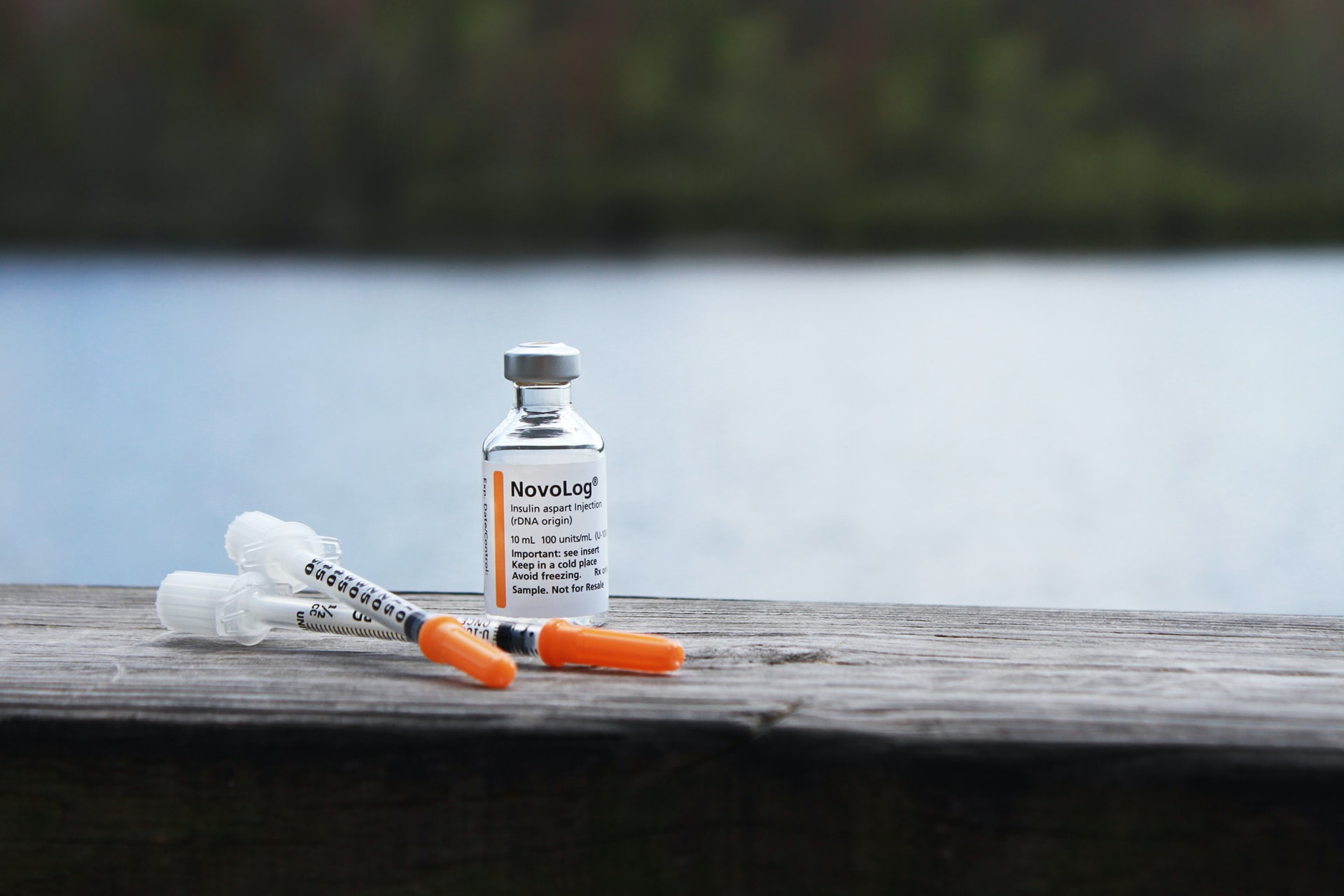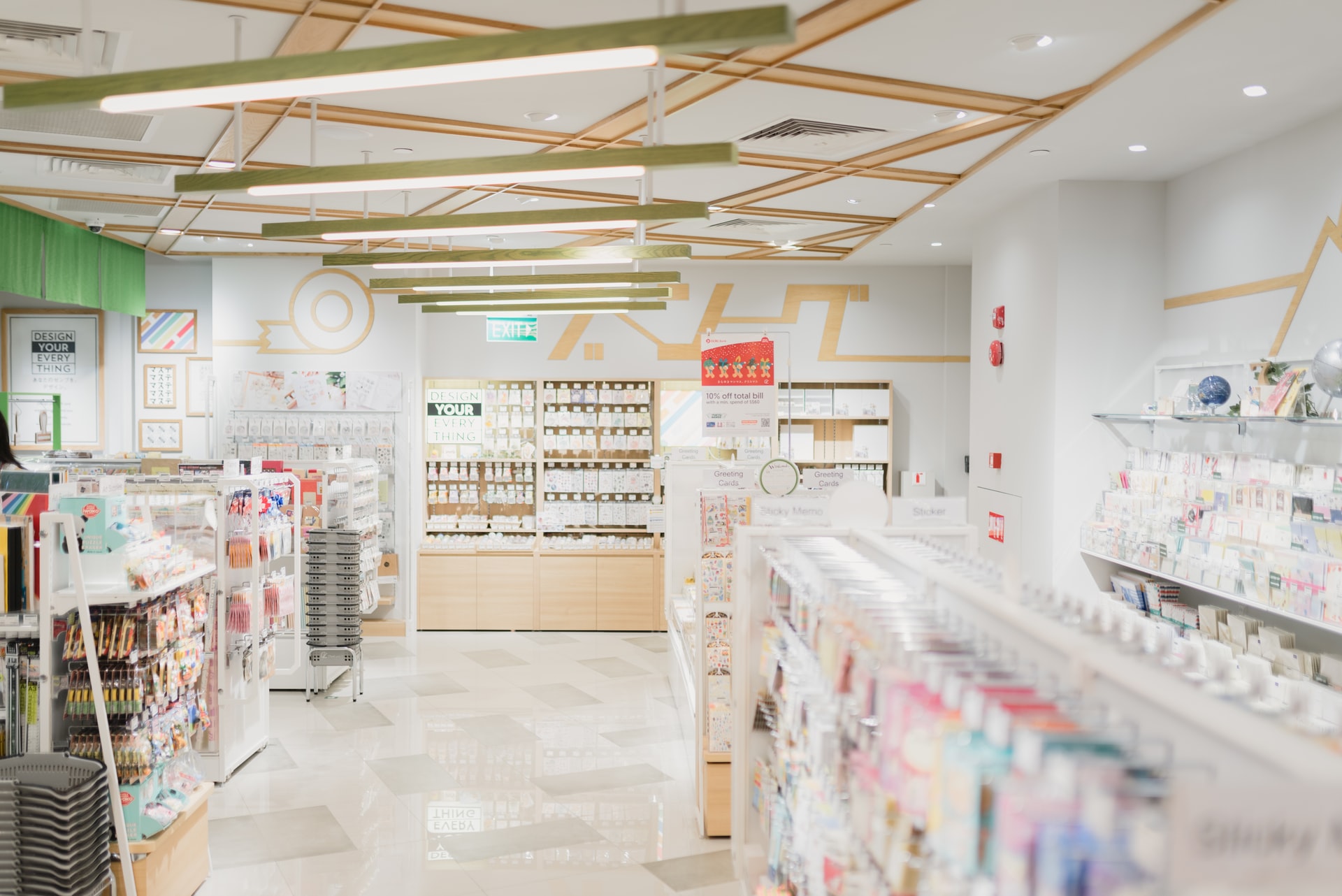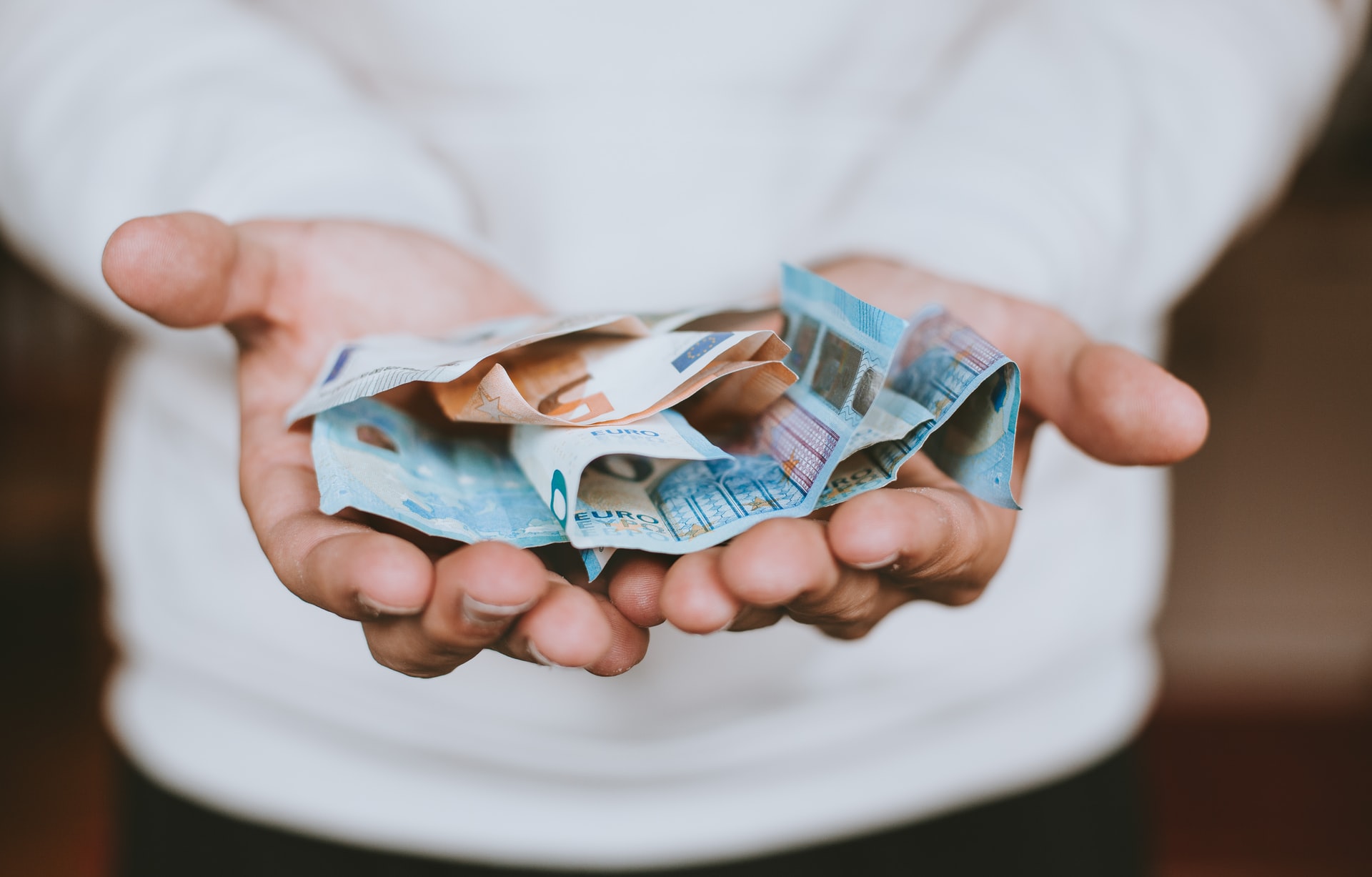SHARE
Written By

Charlie Fletcher
Fact Checked By

Chris Stocker
Diabetes 365 follows very strict guidelines for accuracy and integrity on all content.
To learn about Diabetes 365 commitment to transparency and integrity, read our Editorial Disclosure
Last Updated on April 15, 2025
Diabetes impacts millions of people in the U.S. alone. Many rely on insulin to manage their condition and to stay safe and healthy.
Unfortunately, insulin can sometimes feel like a luxury rather than a right.
The newest versions of insulin can cost anywhere from $175-$300 per vial, and the average person with diabetes goes through two or three vials each month. While most health insurance companies will pay a portion of the cost, most of it comes out-of-pocket.
The insulin roadblocks have become so bad that people dealing with diabetes can find themselves in situations where they have to “ration” the medication, or try to find supplies from other people.

When you think about the importance of insulin and its role in keeping someone with diabetes alive, it’s a bit shocking that it’s so expensive. Some people even argue it should be free.
While those arguments continue to roll out and the idea gets debated, it’s important to know how you can get the insulin you need now, without breaking the bank. You shouldn’t have to choose between paying a bill and staying healthy.
With that in mind, let’s look at five ways to make insulin more affordable.
1. Copay Cards
Like many other drugs, insulin is manufactured by different companies. Those companies want you to choose their product over another, so even though they want to make money, they’re willing to offer “incentives” that lead you toward them over a competitor.
One of those incentives that can actually be helpful is a copay card.
Manufacturers that offer these cards can either significantly reduce or eliminate the copay from your insurance company.
In most cases, you simply need to go to the manufacturer’s website, print a card, and provide it to your pharmacist when you’re picking up your insulin. Even if you don’t have health insurance, it can significantly reduce your out-of-pocket cost.
2. Switch to a Generic Option
The top three insulin brands around the globe are:
- Novo Nordisk
- Sanofi
- Eli Lilly
These three companies supply all of the insulin products in the U.S. and make up 90% of the global market. But, there are different branches of these manufacturers that have developed generic insulin drugs – especially in recent years. Authorized generics can cut down the cost of insulin by 50%.
Earlier this year, the FDA approved a generic swap for brand-name insulin called Semglee. So, you can feel safe and secure about choosing a generic option and saving money at the same time.

3. Compare Pharmacies
As wrong as it might seem to some, pharmacies want to make money just like any other business.
That means they have to compete with each other in different ways to obtain your business. They often do this through things like:
- Promoting new services
- Offering new products
- Publicizing sales
- Creating exciting promotions
- Sharing helpful health tips
That puts you in the driver’s seat when it comes to choosing a pharmacy that fits your financial needs. Consider shopping around and checking out the price of insulin at different pharmacies, the way you would with any other expensive item. You might end up saving more than you think if certain pharmacies are willing to offer more “sale” prices than others.

4. Utilize Discount Programs
If you don’t have health insurance, you may be eligible for a pharmacy discount program thanks to the high cost of diabetes.
There are programs available designed to help cover drug costs, and some of them don’t have any membership fees to worry about. They offer discounts by working with manufacturers and negotiating with pharmacies to pass the savings on to you. Some of the top discount programs in the U.S. are:
- GoodRx
- Blink Health
- Inside Rx
Each program has its own set of rules and regulations, so it’s important to do your research to determine which one best suits what you need. It can be comforting, however, simply to know that assistance is available if you’re not insured or if your Medicare plan doesn’t cover your insulin prescription.

5. Fundraising
Trying to navigate the health insurance marketplace, discount programs, and safe generic insulin options can sometimes be overwhelming on your own when you’re just trying to save money.
Talking to your doctor is always one of the best options. But, because there is a physician shortage in the U.S., you might find it difficult to get an appointment right away or to find time to sit down with your doctor and express your concerns.
One way to realize that you’re not alone and that people are willing to help is through fundraising.
Online fundraising has become increasingly popular in recent years. Online giving to charitable causes has grown by over 12% over the last year, and that’s a trend that has continued to go upward for the last six years in a row.
People tend to give to causes they’re passionate about. Because millions of people have diabetes and the insulin cost debate has been in the news quite a bit, your story and your struggle may be relatable to many people out there – including those in your own social circle.
Asking for donations online isn’t always easy, especially if you have to swallow your pride. But, the best tips to keep in mind for a successful fundraising effort include:
- Deciding on the right method
- Using the right words and tone
- Focusing your energy on those most likely to donate
- Keeping your “audience” engaged with updates
- Not overwhelming people
You might be surprised by how much your friends, family, and even complete strangers are willing to give for something they believe in. Most people agree that the cost of insulin is too high and unfair for those with diabetes to have to pay for out-of-pocket. So, they will be willing to help out in any way they can.
The hope is that the landscape of the insulin industry will change. It’s something that needs to be made more affordable, and those arguments will undoubtedly continue for a long time. Until that day comes, however, it’s important to be able to get the insulin you need at a price you can afford. These ideas and tips can help, and they can be put into practice right away.

Charlie Fletcher
Charlie Fletcher is a freelance writer passionate about workplace equity, and whose published works cover sociology, politics, business, education, health, and more.